Protecting Your Privacy: 4 Effective Methods to Destroy Sensitive Documents
Protecting Your Privacy: 4 Effective Methods to Destroy Sensitive Documents
In today's digital age, safeguarding personal information is more critical than ever. While we often focus on protecting digital data, physical documents containing sensitive information can pose significant risks if not properly disposed of. From identity theft to corporate espionage, the consequences of mishandling sensitive documents can be severe.
This blog post offers four effective methods to destroy sensitive documents, ensuring your personal and business information remains secure.
Whether you're a small business owner or a conscientious individual, you'll find practical tips and insights to keep your data safe. Let's explore the best ways to protect your privacy by eliminating paper trails that could otherwise lead to trouble.
Why Proper Disposal of Sensitive Documents Matters
Before we dive into the methods, it's essential to understand why proper disposal is crucial. Sensitive documents often contain personal details like Social Security numbers, financial information, and confidential business data. If these documents fall into the wrong hands, the repercussions can be devastating.
Identity theft is one of the most common risks associated with improper document disposal. Thieves can use your information to open credit accounts, commit fraud, and even assume your identity. For businesses, leaked documents can lead to competitive disadvantages, legal issues, and loss of customer trust.
The importance of proper disposal cannot be overstated. It's a critical step in protecting both individual and business interests.
Shredding: The Most Common Method
How Shredding Works
Shredding is the most widely used method for disposing of sensitive documents. It involves cutting paper into small pieces, making it difficult for anyone to reconstruct the information. Various shredders offer different levels of security, from basic strip-cut shredders to high-security cross-cut and micro-cut shredders.
Types of Shredders
- Strip-Cut Shredders: These are the most basic type, cutting documents into long, narrow strips. While effective, they offer the least security, as strips can potentially be reassembled.
- Cross-Cut Shredders: These provide a higher level of security by cutting documents into small, confetti-like pieces. They are suitable for most personal and business needs.
- Micro-Cut Shredders: For maximum security, micro-cut shredders reduce documents to tiny particles, making reconstruction virtually impossible.
Best Practices for Shredding
When using a shredder, it's essential to follow some best practices to ensure complete destruction of sensitive information:
- Remove Staples and Paper Clips: These can jam your shredder or reduce its efficiency.
- Don't Overload the Shredder: Shredders have a maximum capacity. Overloading can cause jams and damage the machine.
- Regular Maintenance: Keep your shredder in good working condition by regularly oiling the blades and emptying the waste bin.
Burning: An Old-School but Effective Method
How Burning Protects Data
Burning is another highly effective way to destroy sensitive documents. When you burn paper, you convert it to ash, making it impossible to recover any information. This method is often used when documents need to be destroyed quickly and thoroughly.
Safety Precautions
While burning is effective, it comes with its own set of risks and considerations:
- Use a Controlled Environment: Always burn documents in a safe, controlled environment like a fire pit or metal barrel.
- Observe Local Laws: Some areas have restrictions on open burning. Ensure you're compliant with local regulations.
- Safety Gear: Wear protective gear, including gloves and eye protection, to avoid injury.
Step-by-Step Process
- Prepare the Fire: Choose a safe location and ensure there's a ready source of water or fire extinguisher nearby.
- Feed the Fire Gradually: Add documents a few at a time to avoid overwhelming the fire and causing it to spread uncontrollably.
- Stir the Ashes: After burning, stir the ashes to ensure all documents are completely destroyed. Allow the ashes to cool before disposing of them.
Pulping: A Chemical Approach
What is Pulping?
Pulping involves dissolving paper documents into a slurry or pulp. This method is highly effective for large volumes of paper and ensures that the information is entirely obliterated. Pulping is commonly used by recycling centers and businesses that handle large amounts of sensitive information.
Materials Needed
- Water: The primary medium for dissolving the paper.
- Chemicals: Adding bleach or other chemicals can speed up the breakdown process and ensure complete destruction.
- Blender or Industrial Pulping Machine: Depending on the volume, you can use a household blender for small batches or an industrial machine for larger amounts.
How to Pulp Documents
- Prepare the Pulping Solution: Mix water and chemicals in a large container.
- Shred the Paper: While not always necessary, pre-shredding can speed up the pulping process.
- Blend the Mixture: Use a blender or pulping machine to combine the shredded paper and solution into a slurry.
- Dispose of the Pulp: Once the paper is thoroughly broken down, dispose of the pulp in accordance with local regulations.
Using Professional Services
Why Opt for Professional Services?
For businesses and individuals dealing with large volumes of sensitive information, professional document destruction services offer a convenient and secure solution. These services handle everything from pickup to disposal, ensuring your documents are destroyed following industry standards.
Types of Professional Services
- On-Site Shredding: A mobile shredding truck comes to your location and destroys documents on-site, allowing you to witness the process.
- Off-Site Shredding: Documents are securely transported to a shredding facility, where they are destroyed under strict security measures.
- Scheduled Services: For businesses with ongoing needs, regular collection and destruction services can be scheduled.
Choosing the Right Service
When selecting a professional service, consider the following factors:
- Reputation: Look for companies with positive reviews and industry certifications, such as NAID (National Association for Information Destruction) certification.
- Security Measures: Ensure the service uses secure transportation and has stringent protocols to protect your information.
- Cost: Compare pricing and service levels to find a solution that fits your budget.
Conclusion
In today's world, protecting sensitive information is paramount. Whether you're an individual looking to safeguard personal data or a business aiming to protect proprietary information, choosing the right method for document destruction is crucial.
Shredding, burning, pulping, and professional services each offer unique advantages, and the best choice depends on your specific needs and circumstances.
By implementing these strategies, you'll not only protect yourself and your business from potential threats but also contribute to a culture of security and responsibility. Don't wait until it's too late—start taking steps today to secure your sensitive documents effectively.
Ready to take control of your document security?
At Data Shredder Corporation in Massachusetts, we understand how crucial it is to destroy sensitive data securely and recycle e-waste. We're here to offer you the best hard drive data destruction, shredding, and electronics recycling services in Massachusetts, ensuring your peace of mind while contributing to the planet's health.
Your trust is our top priority, and we're dedicated to safeguarding your information with our certified, dependable solutions. Before a security breach even whispers your name, give us a call at(508) 906-6080 or fill out our
contact form.
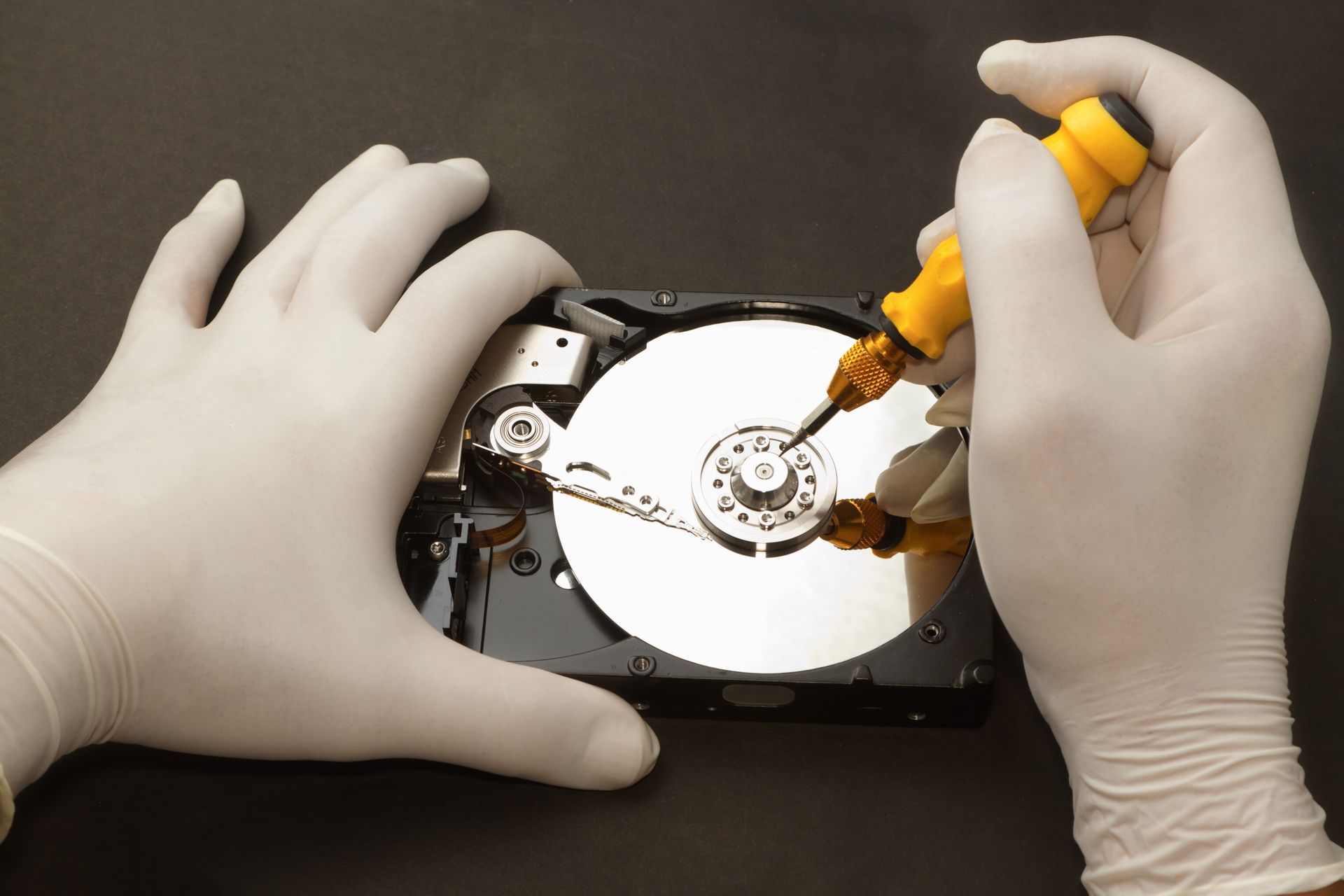
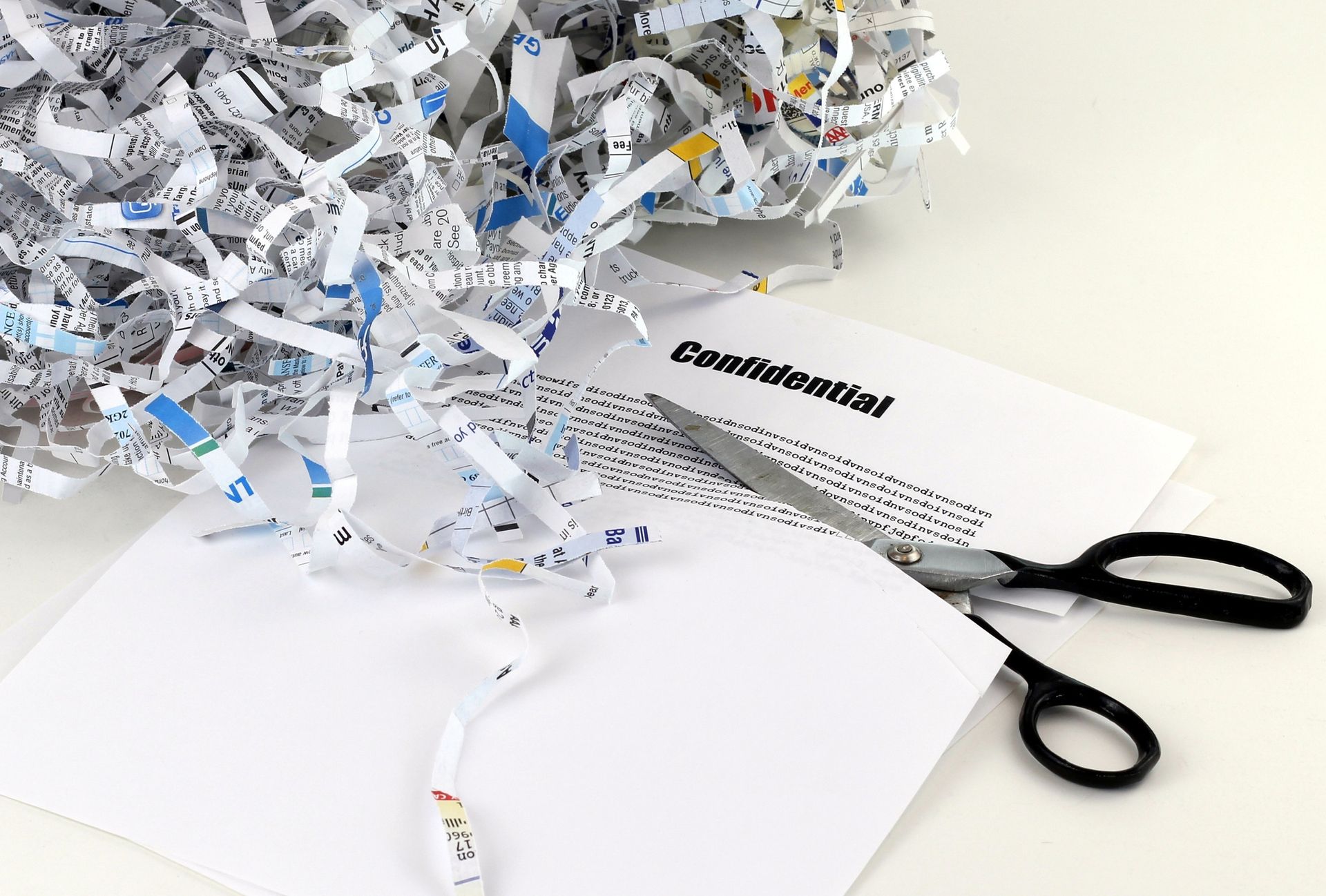

Contact Us
40 School Street, 2nd Floor
Framingham, MA 01701
Email: service@datashredder.net
Business Hours
- Mon - Fri
- -
- Sat - Sun
- Closed
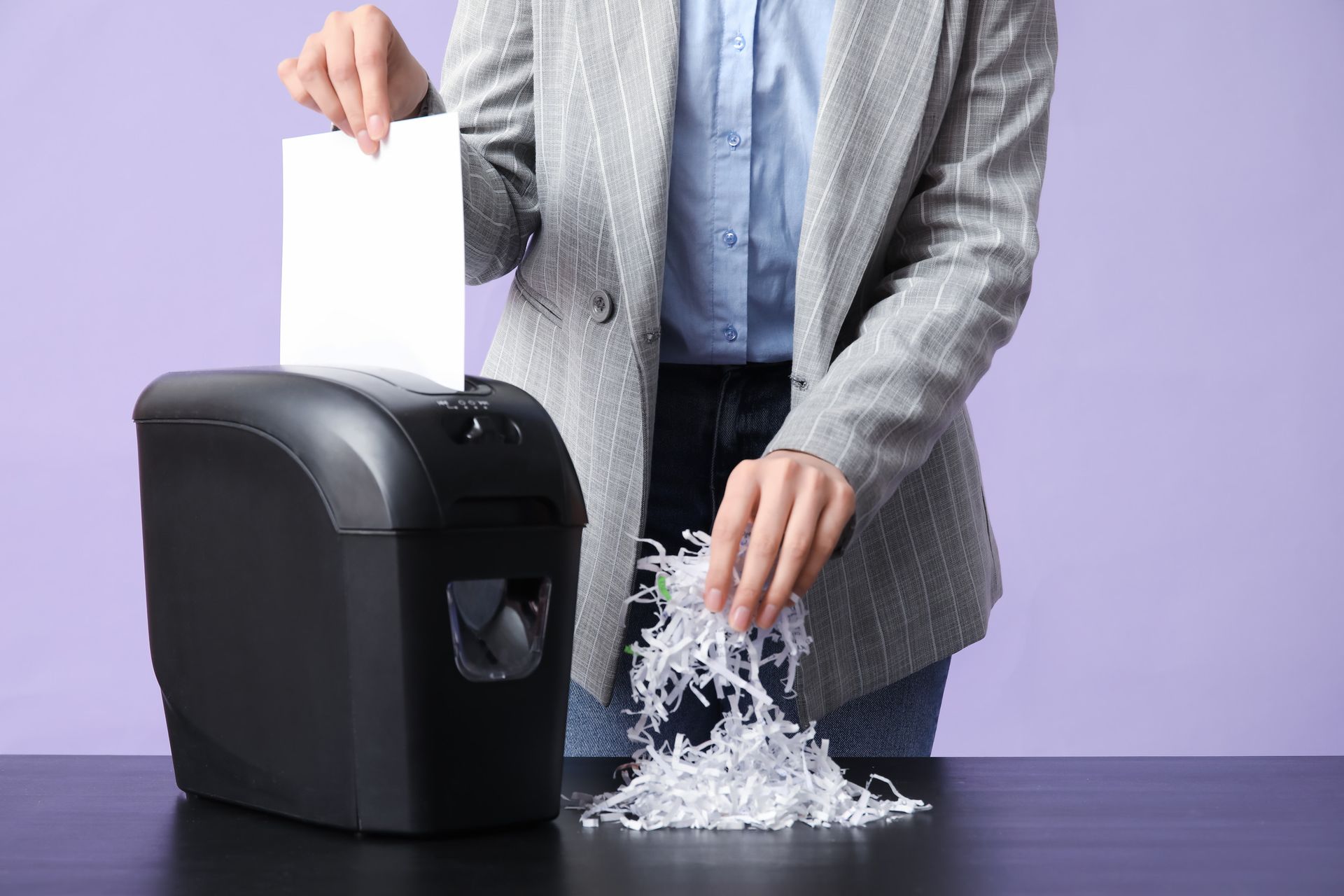
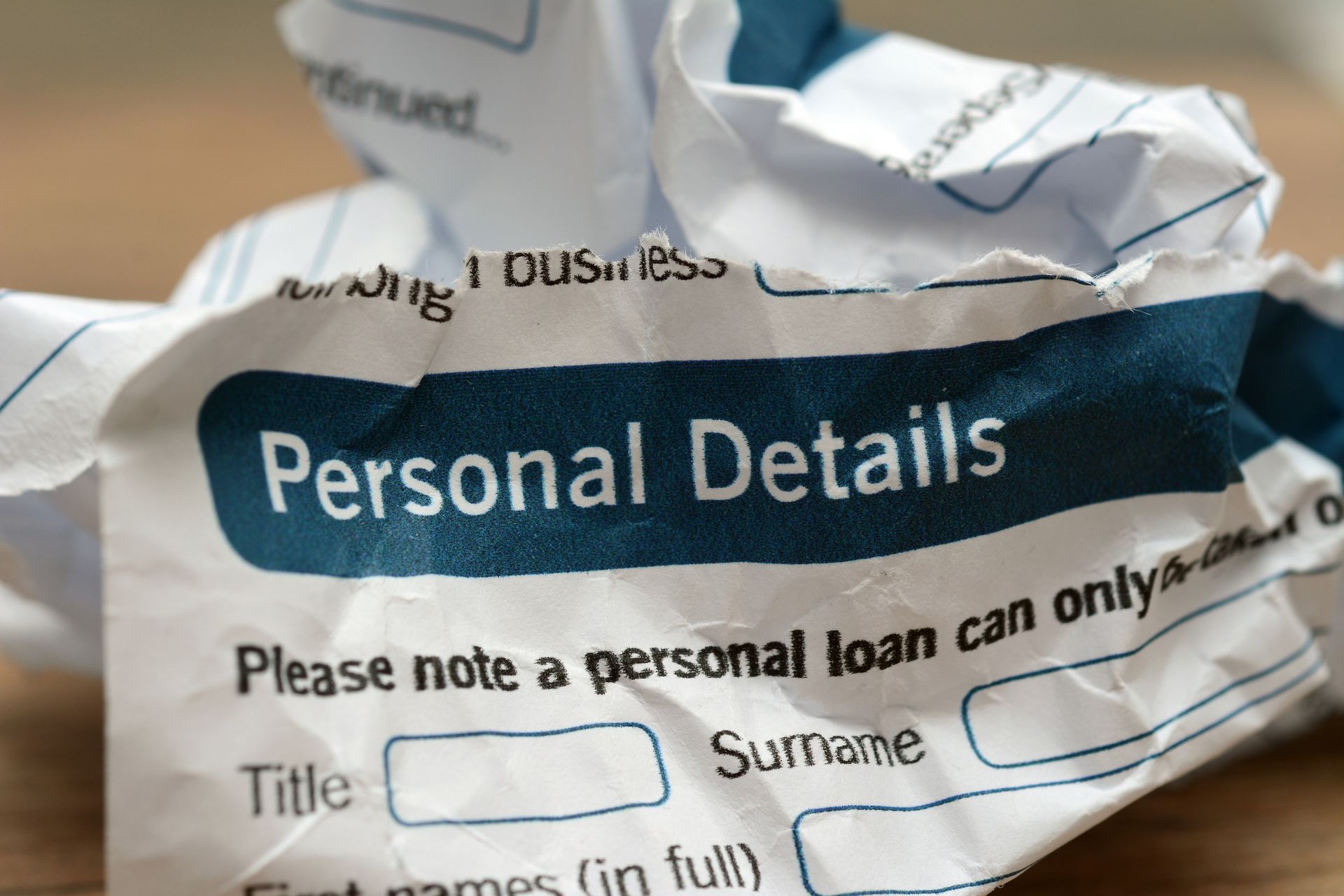
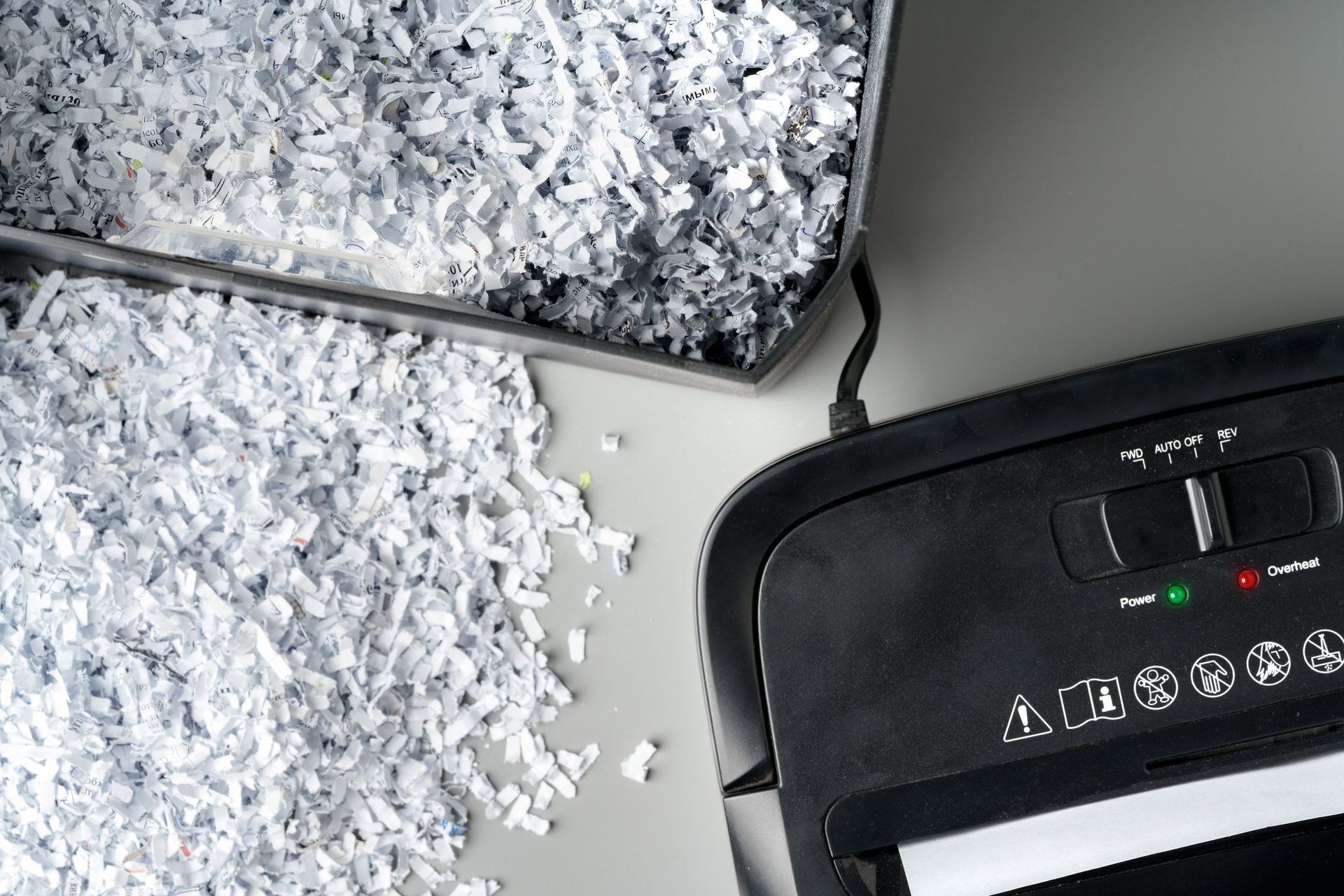
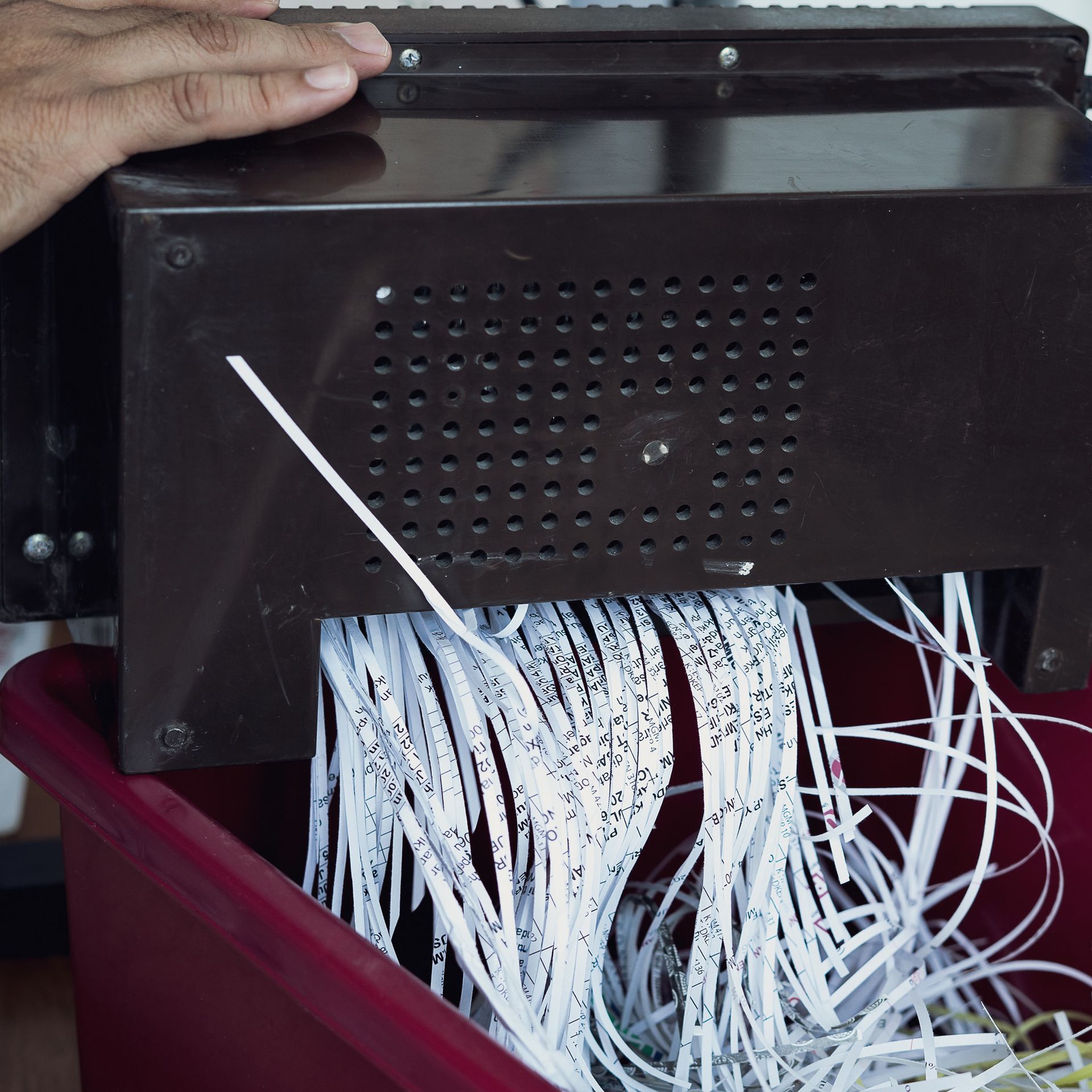
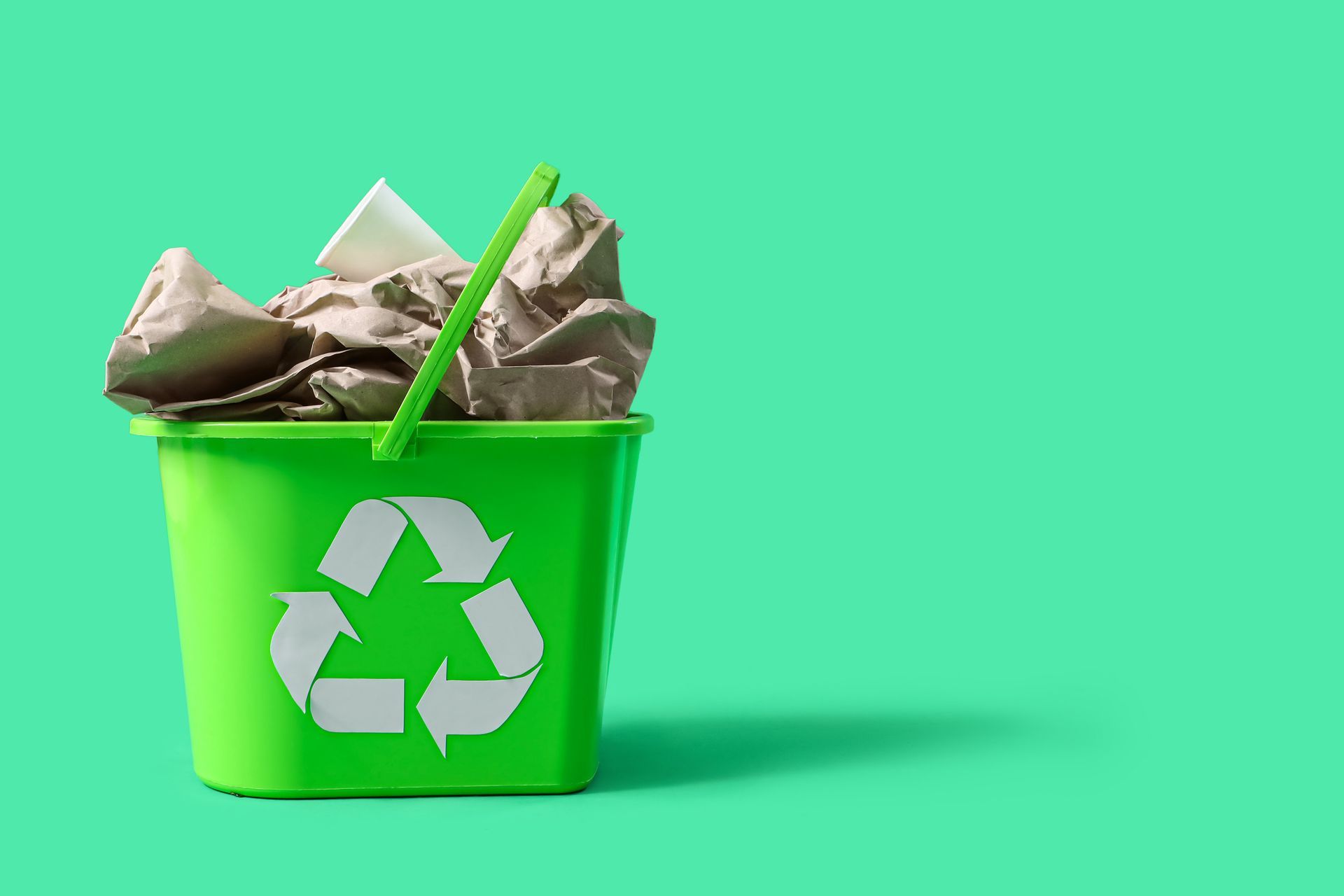
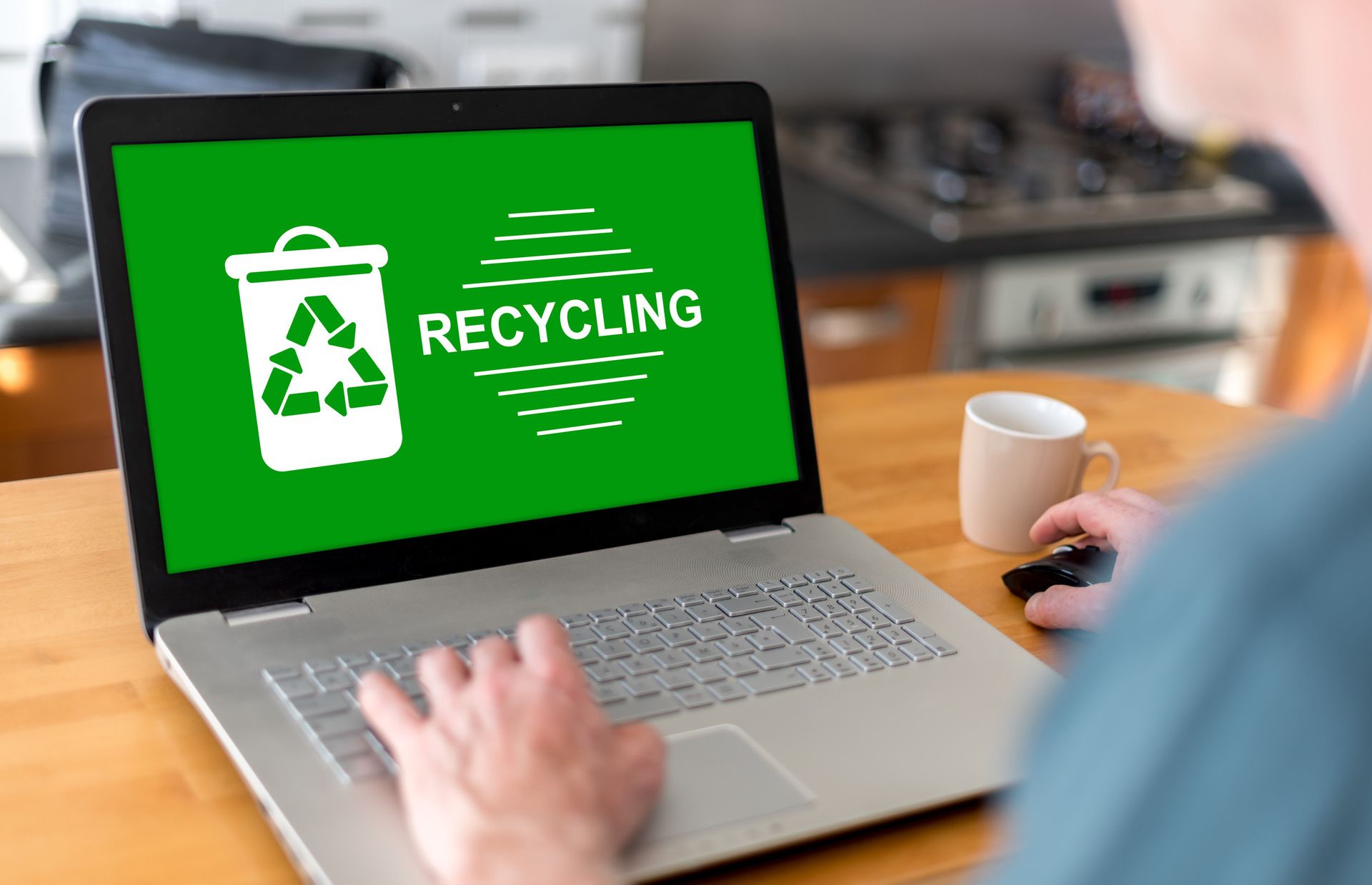
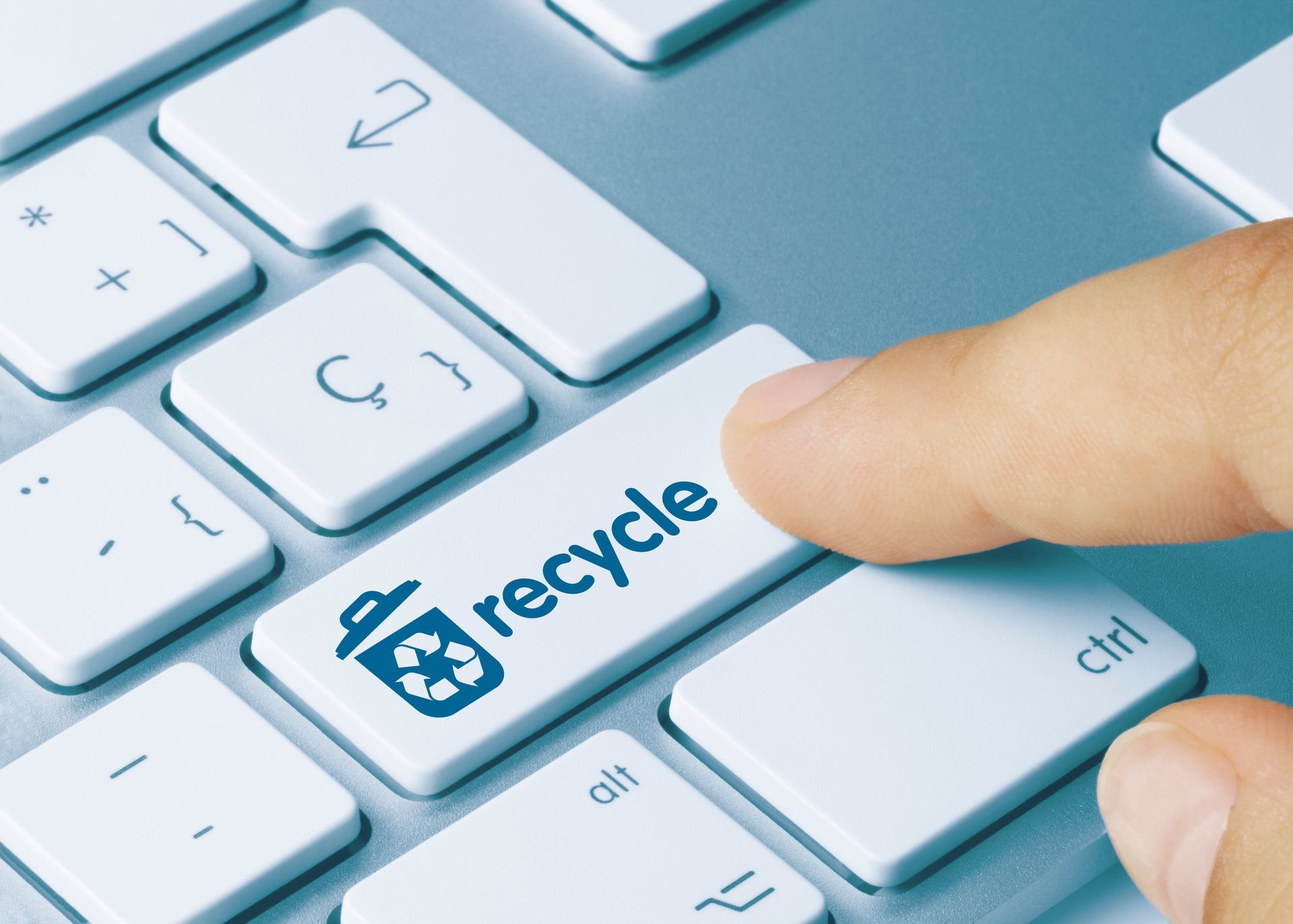
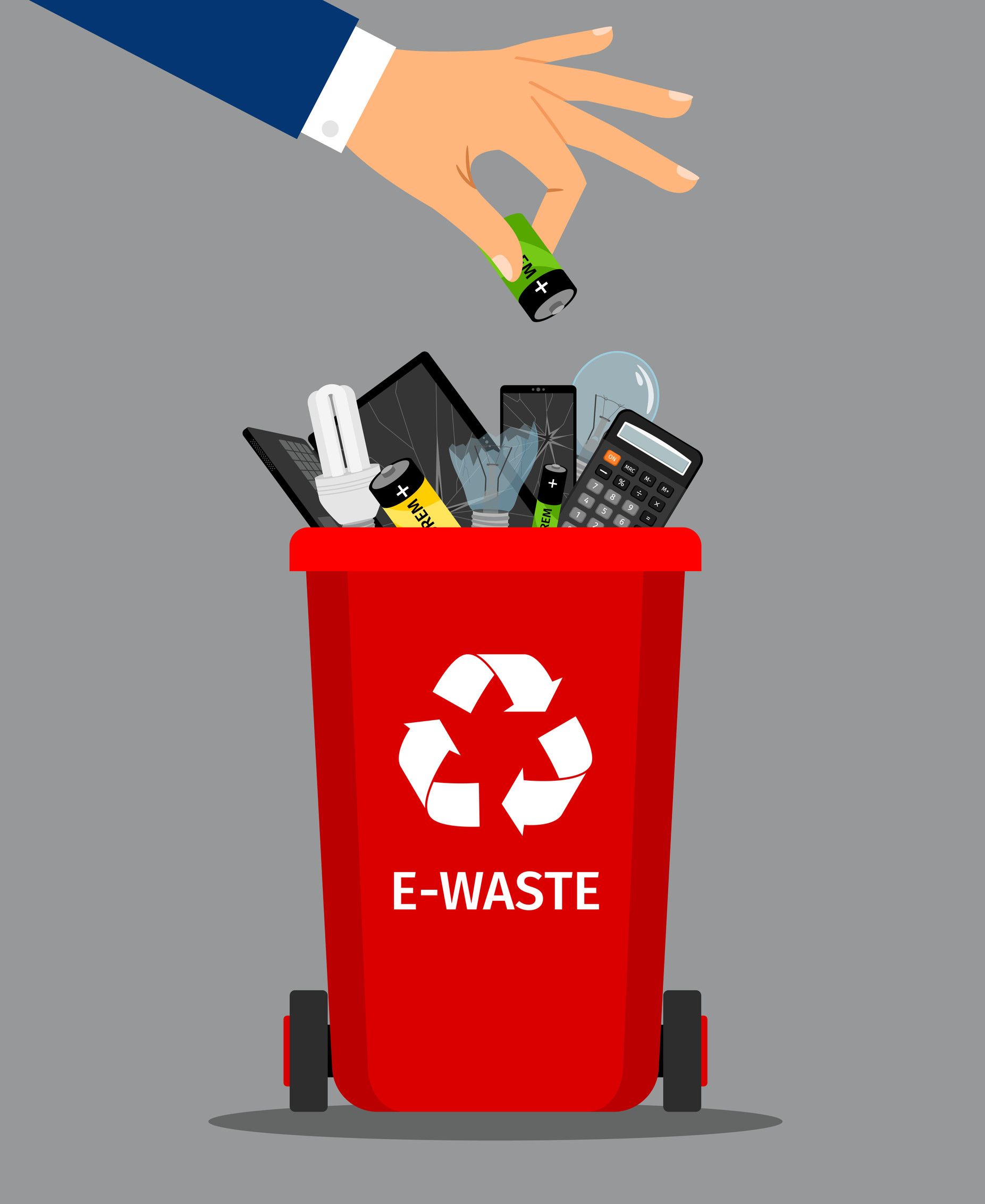
Share On: